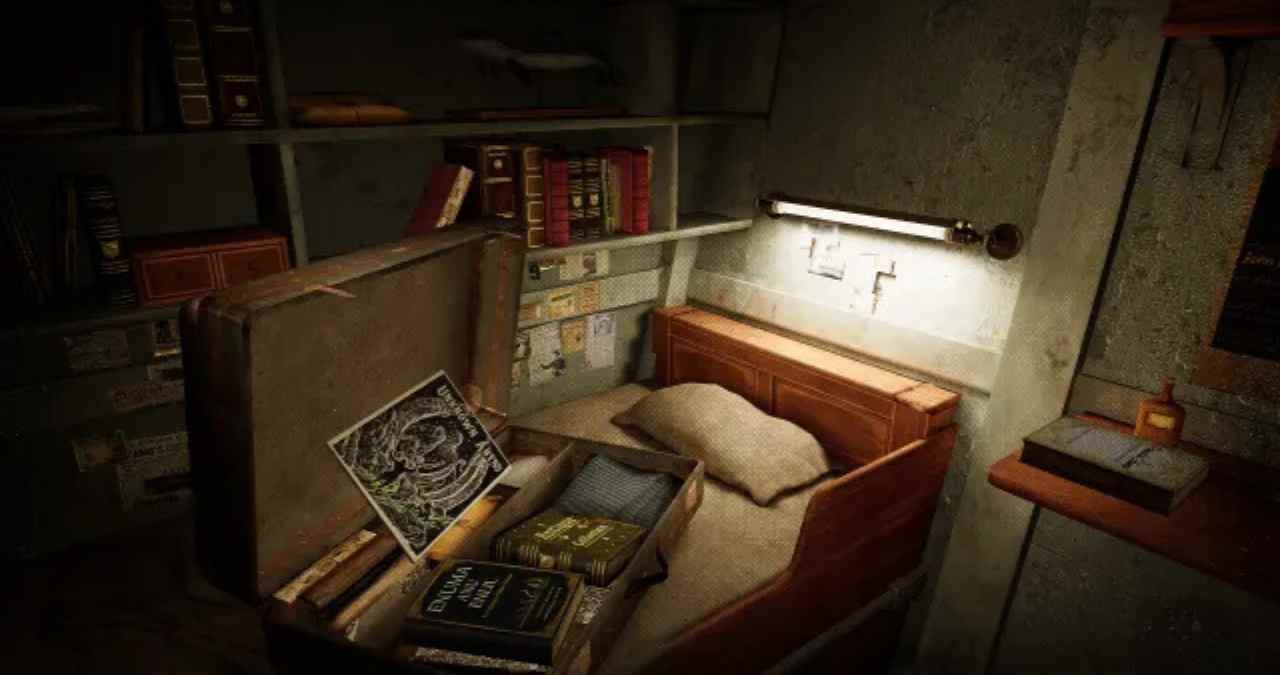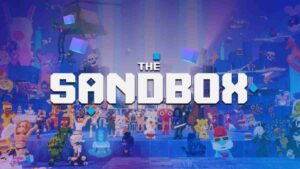The psychological horror space in VR is getting a new contender. Dread Meridian, the debut title from AT&T Games, was officially announced this week with a concept that leans away from jump scares and toward unsettling, slow-building dread.
Planned for release in 2025 on Meta Quest and PC VR, the game promises an atmospheric experience centered on discovery, unease, and creeping narrative tension rather than constant action or loud shocks.
A Focus on Psychological Horror
Unlike many of VR’s more frantic horror offerings, Dread Meridian seems designed to pull players into a state of prolonged discomfort. It’s less about what’s chasing you and more about where you are, what you uncover, and how long you can hold your nerve.
The story unfolds within a mysterious vessel adrift in space, where isolation and ambiguity shape much of the tension. The setting evokes a quiet terror similar to classics like SOMA or System Shock, but built from the ground up for immersive VR presence. This isn’t a game where monsters pop out every five minutes. It’s built around mood, pacing, and the constant feeling that something is watching from just out of view.
Gameplay Emphasizes Survival and Exploration
Gameplay mechanics are designed to support that slower, more cerebral pacing. Exploration is key, with players expected to examine environments, decode audio logs, and interpret fragments of story to uncover what happened aboard the derelict ship.
Survival elements also play a role, though not in the traditional horror game sense. There’s no heavy combat loop here, but players will have to manage light resources and face environmental threats.
Moments of action exist, but they appear carefully spaced and grounded in the narrative, reinforcing the game’s emotional weight rather than breaking the immersion with spectacle.
Built Specifically for VR Platforms
From the start, Dread Meridian has been developed with VR in mind. That means interactions are built to feel physical and grounded, not simply ported from a flat-screen experience. You’ll manipulate switches, dig through drawers, and open doors with weight and resistance that respond to your motions.
The visual direction supports that immersion with dim lighting, stark contrasts, and claustrophobic corridors that enhance the feeling of entrapment. The ship feels designed to get inside your head, rather than just serve as a level map. It’s the kind of environment where the sound design matters just as much as the visuals, and where silence is often more disturbing than noise.
A Fresh Studio With A Narrow Focus
AT&T Games is a new player in the VR development scene, but Dread Meridian shows a clear sense of vision. It’s not chasing trends or trying to be everything at once. Instead, the studio appears focused on crafting a contained, unsettling story with enough interactive weight to pull players in and hold them there.
If it delivers on its promise of immersive storytelling and environmental horror, Dread Meridian could carve out a spot alongside titles like Red Matter 2 and The Exorcist: Legion but with a slower pulse and a sharper psychological edge.
More details are expected later this year as the team refines its systems and prepares for a full gameplay reveal. For now, it stands out as one of the more ambitious narrative-first horror projects coming to VR.
Virtual Reality Explorer & Game Reviewer
Always the first to plug in. VRSCOUT dives head-first into the most immersive VR worlds, analyzing mechanics, comfort, innovation, and that elusive “presence” factor. If he says it’s worth it, it probably is.




